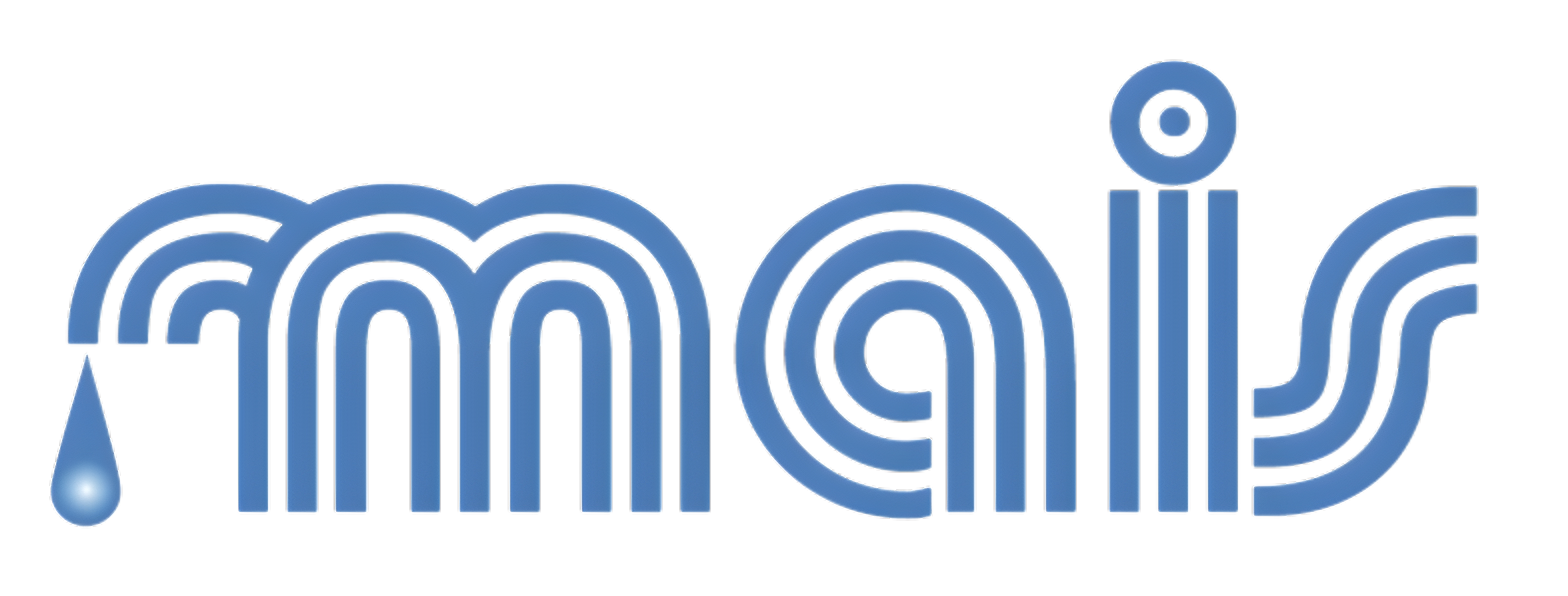Standard Operating Procedure (SOP) for Maintenance Department
- Purpose
To ensure the effective and efficient operation of all equipment and facilities by conducting scheduled, preventive, and corrective maintenance to minimize downtime and enhance productivity.
- Scope
This SOP applies to all equipment, machinery, utilities, and facilities within the company premises, covering routine, preventive, predictive, and emergency maintenance activities.
- Responsibilities
- Maintenance Manager: Overall supervision, planning, resource allocation, and reporting.
- Maintenance Supervisors: Daily task assignment, inspection, and team coordination.
- Technicians/Engineers: Execution of maintenance activities as per the schedule and work orders.
- Production/Department Heads: Reporting issues and coordinating machine availability.
- Storekeeper: Ensuring availability of spare parts and consumables.
- Definitions
- Preventive Maintenance: Scheduled maintenance to prevent equipment failure.
- Corrective Maintenance: Repair after a breakdown or fault is detected.
- Predictive Maintenance: Maintenance based on equipment condition monitoring.
- Emergency Maintenance: Immediate response to unplanned breakdowns.
- Procedures
5.1 Maintenance Planning
- Maintain a Master Maintenance Plan for all critical equipment.
- Classify equipment based on criticality and usage.
- Prepare Monthly Preventive Maintenance Schedules.
- Communicate schedules to the concerned departments.
5.2 Work Order Management
- Issue Work Orders (WOs) for preventive, corrective, or emergency tasks.
- All WOs must include:
- Machine ID
- Nature of maintenance
- Priority level (High, Medium, Low)
- Required materials/tools
- Estimated time for completion
5.3 Execution of Maintenance
- Follow Lock-Out/Tag-Out (LOTO) procedures before starting work.
- Use proper PPE and safety measures.
- Complete maintenance tasks as per SOPs/manuals.
- Report any deviations, damage, or additional issues found during maintenance.
5.4 Record Keeping
- Maintain detailed maintenance logs:
- Date and time of maintenance
- Nature of service
- Parts replaced
- Downtime (if any)
- Update equipment history cards regularly.
- Use computerized maintenance management systems (CMMS) if available.
5.5 Emergency Maintenance
- Respond to emergency breakdowns immediately.
- Diagnose the issue, repair, and test equipment.
- Record emergency maintenance details in the logbook.
5.6 Spare Parts and Inventory Management
- Maintain minimum stock levels for critical spare parts.
- Conduct regular audits of spare parts inventory.
- Ensure that only approved spare parts are used.
5.7 Safety Measures
- Comply with all workplace safety standards.
- Conduct regular safety training for maintenance personnel.
- Perform periodic inspections to ensure tools and equipment are in safe working condition.
5.8 Continuous Improvement
- Analyze maintenance data to identify recurring issues.
- Recommend process improvements and upgrades.
- Conduct root cause analysis (RCA) for major breakdowns.
- Documentation and Reporting
- Weekly and Monthly Maintenance Reports to be submitted to management.
- Report includes:
- Maintenance activities completed
- Downtime analysis
- Spare parts consumption
- Major incidents and corrective actions
Approvals:
Approved By: [Factory Manager]] | Date: [DD/MM/YYYY]
Prepared By: Sajid Ahmad Khan | Date: 06/01/2025

